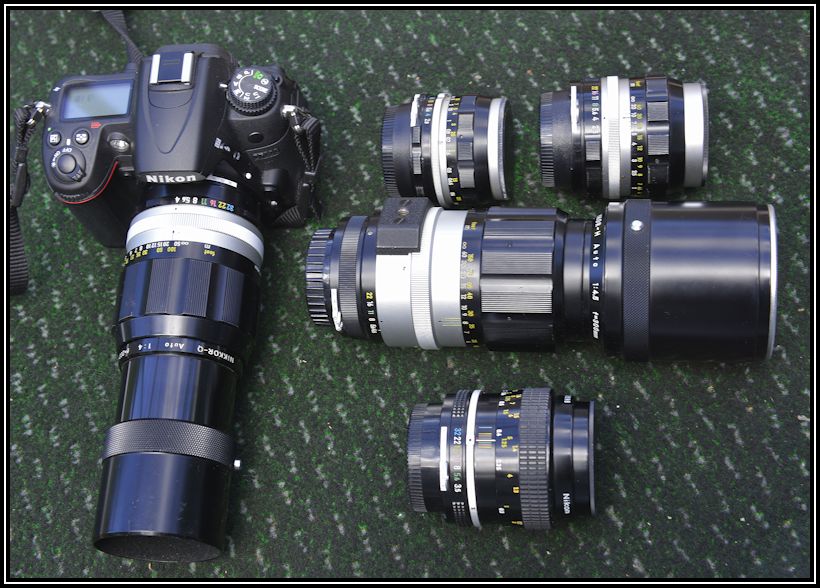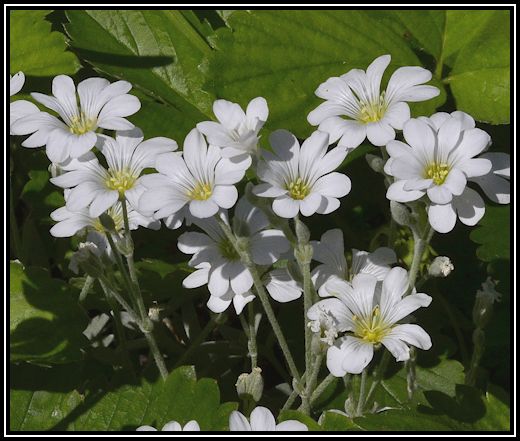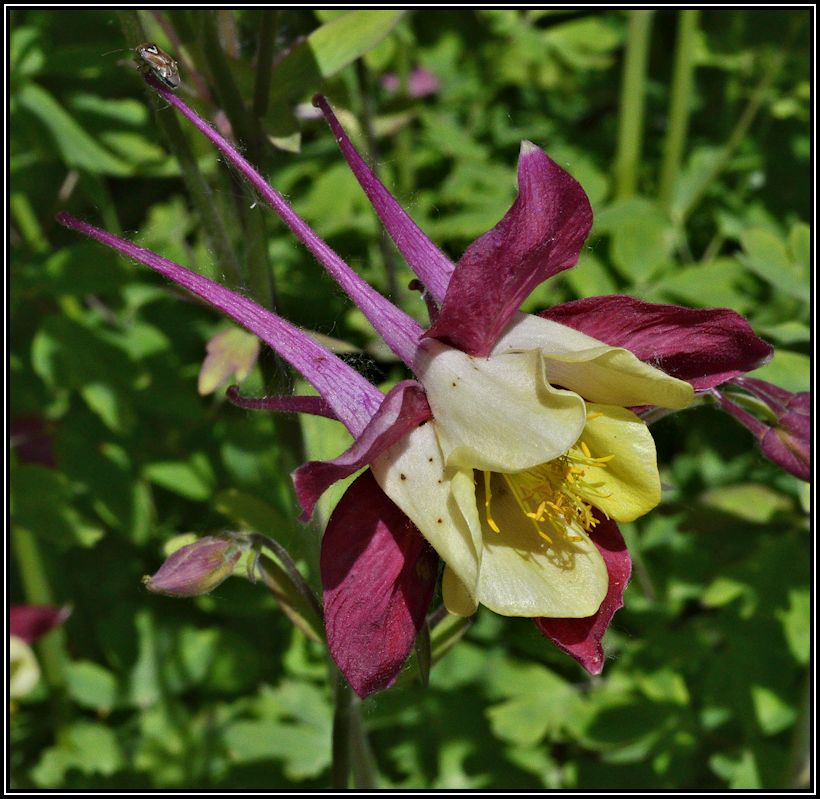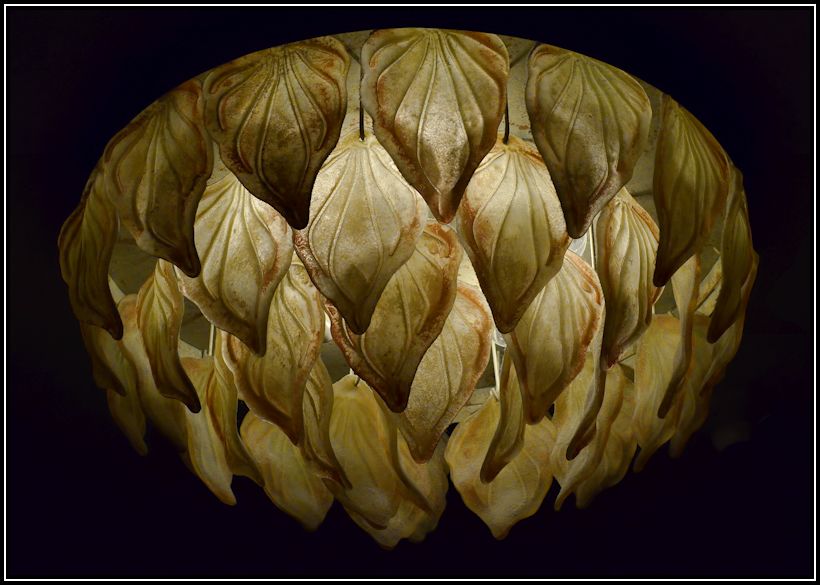Published: 2012/07/06
If you would like to comment on this page or have questions concerning these lenses, or images, click HERE.
Introduction
If you are a film photographer from the old days and a Nikon owner as well, you may be fortunate in having some prime (non-zoom) Nikkors lying around that were purchased prior to 1977 when the first AI (Auto Indexing) lenses appeared and compatibility became an issue. These lenses perform superbly on the latest Nikon digital bodies but must first be mechanically modified to prevent possible damage when mounting and to accommodate the modern aperture sensing apparatus.
Note that all of the following discussion is based on experience and results obtained with my equipment only, which is my policy on this site throughout. You will want to determine what to expect in your specific situation using the reference given later.
Some features of legacy Nikkors:
- Rugged all-metal construction, including the focus rings. Simple mechanical construction and absence of electronics promotes reliability.
- Relatively small number of optical elements contributes to low flare, high contrast and excellent bokeh.
- Significantly lighter than most modern lenses, despite metal construction.
- Compact.
- Excellent sharpness and freedom from aberrations. Uniform center to edge performance.
The downside:
- No VR or AF but - when modified you get TTL metering from most camera bodies while the lens stays wide open and ... the electronic range finder is there to help with focusing. (More on this later.)
- No reporting to the camera body so some EXIF data you are used to having collected may be missing. Note, however, that if you enter maximum aperture and focal length into the Setup menus of the cameras that aperture used and FL will be reported.
- Must, of course, be modified in the area of the aperture ring to work with most contemporary bodies.
Compared to modern lenses:
I haven't made any formal comparisons yet but the initial impression is that these old primes have no problem at all doing justice to a high pixel density sensor like that found in the D800 or D7000. They are sharp right into the corners and the over-all visual effect is often stunning. There is no noticeable chromatic aberration. Lack of VR is not as problematic as you might think. With a low noise body such as the D800 you can use high ISO's to enable faster shutter speeds, thereby mitigating the effects of shake. Also, you will want to be more mindful than usual of the common wisdom that for hand-held shooting of static subjects the numerical value of the shutter speed should approximately match or exceed that of the focal length. Much lower shutter speeds will work too but you will have to put some effort into recovering your pre-VR days discipline. If you do that, you may find even your results with stabilized lenses improve.
Absence of AF is problematic with moving subjects but you can re-learn some of your film days technique to cope. Just the same, you will miss AF.
Second-hand Nikkors:
Pre-AI Nikkors occasionally show up on eBay and at other outlets for used items. I am always leery of anything second-hand but many customers meet with success in that market. eBay ranks sellers according to their reputation and there may be other ways of ascertaining how trustworthy an offer actually is (such as finding someone who has already patronized the seller).
Provided they have not been outright bashed around, second hand lenses can be fantastic value as there is not much to go wrong even with much use. Expect some cosmetic wear-and-tear. For example, even with the most cautious handling some paint on metal focusing grips is liable to wear off in a fairly short period of time, exposing shiny spots here and there. I'd avoid gear that has been subject to professional use. Pros can either write off their equipment expenses or have equipment supplied to them by their employers. This can induce some disregard for normal precautions. Furthermore, they are often in too much of a hurry to be really careful while the day-in day-out use eventually takes a toll on moving parts. Amateurs have to pay "full pop", tend to respect their equipment and don't use it nearly so much.
If you don't have your own legacy lenses to convert, pre-owned could prove a way of obtaining some excellent optics at a fraction the cost of new once the AI conversion has been done. You are on your own with this.
Converting Your Lenses
You can Google to find how to modify old Nikkors yourself. Some people have made the necessary changes with a file (!) but the result looks rough and very amateurish. Butchery. I have a small machine shop with mills and lathes for doing precision instrumentation work and could do a neat job myself but decided I didn't want my own cherished Nikkors being worked on by some fellow who had never done this before, however skilled he might think himself :~ Best leave this to someone who already knows how.
Mr. John White in Ann Arbor, Michigan, has been doing precision modification of Nikkors for 37 years and knows what he is doing. It would be foolish not to avail yourself of his expertise in favor of risking an amateur job just to save a tiny bit of money. He has an enormous amount of experience and is that rarity - a true craftsman. When your lenses return from him you may have difficulty at first even spotting what he has done. The machining is perfectly smooth and metal freshly exposed during the process is painted with black lacquer. Furthermore, he charges very little for this fine work. I strongly recommend his service on the grounds you can be assured everything will be done properly and at no risk to your lenses, beyond the vagaries of the postal service (in all fairness to them they are reliable and careful enough with properly packaged items). Once your legacy Nikkors have been modified, you will have the following (subject to the modification type you specify and possibly some other factors related to your particular camera body):
- Forward/backward mechanical compatibility with most Nikon bodies. Mr. White's web site contains comprehensive information concerning "before conversion"/"after conversion" compatibility and what to expect.
- Manual focusing with assist from the camera's electronic range finder. The D7000/D800 work best because their focus indicators tell you on which side of correct focus you are. The D300 simply gives you the green dot when you are "on" so will prove slower in your hands.
- Manual camera operation but with lens-wide-open TTL metering ... you set shutter and aperture manually while watching the exposure bar in the viewfinder. All exposure modes will work.
- Or ... automatic shutter speed setting in Aperture Priority mode - using D7000/D800/D300 (the only bodies tested) - just as if using a modern lens. That is, the lens remains at maximum aperture until shutter release. Very nice.
With some bodies there may not be TTL metering or aperture priority available. Check Mr. White's site to learn exactly what to expect with your unit.
His service can be found by clicking HERE. Otherwise ... enter "aiconversions.com" into your browser.
The detailed web site contains complete information concerning the several conversions available (Type "B" recommended for most legacy lens owners, especially if they are still using film bodies as Type "B" provides the best backwards compatibility), shipping recommendations and much other useful information. If you don't find there what you are looking for, Mr. White is very prompt in answering e-mail.
My half-dozen legacy lenses were back home and ready to use within just less than three weeks of sending them off. That included about one week each way for delivery. Excellent. As Mr. White is a "one man show", or so I understand, you shouldn't hold him to that but the point is he will not procrastinate.
Enjoy your old Nikkors. There is a novelty retro feel to using this vintage gear while benefitting from electronic focus support and semi-automation with a digital body. Modern lenses may be more versatile in difficult conditions but the old equipment can still hold its own. These are great lenses and there is no reason not to do this. Certainly, cost is no barrier. You do, however, have to go through the nuisance of packing your lenses carefully so they will survive the rigors of shipping.
Important: Several Nikon digital bodies allow you to enter "Non-CPU" data into the Setup menu and assign non-CPU lens selection to a button+main rotary control. This makes it possible to report correct aperture and focal length in the EXIF. It also makes it possible for the camera to provide improved exposure metering and to display true (rather than relative) aperture in the viewfinder. You can find details in the camera manual.
Here's the D7000 with 200 mm Nikkor "Q" mounted. Others are 35 mm Nikkor "S", 105 mm Nikkor "P", 300 mm Nikkor "H" and, at the bottom, the superb 55 mm Micro Nikkor.
Note the long telephotos have built in extensible hoods - the type you can never lose. The Micro Nikkor is deeply recessed within its own barrel and needs no accessory hood. The 35 mm and 100 mm have accessory clip-on hoods (not shown). With the exception of the 300 mm which came with a screw-in lens cap I replaced the clip-on caps for the other lenses with screw-ins decades ago. That's because Nikon caps at the time had protruding release pins all too easily bumped and were forever popping off - a frequent annoyance.
Everything 100% metal except for the ribbed rubber surround on the Micro Nikkor focusing ring. These lenses are light, compact and feature excellent optics.

Sample Images From Legacy Nikkors
All of these snapshots taken with either the D800 or D7000. This is by no means a comprehensive exploration of what these lenses can do but a simple gallery suggesting the fine image quality to be expected. All taken in Aperture Priority mode with the camera choosing shutter speed.
Click HERE for my usual disclaimer concerning image quality and computer monitors.
House Finch - 300 mm Nikkor "H", F/8, 1/250 (hand-held), ISO 2000
(Range about 30 ft., 10% crop - D800)
Peony - 55 mm Micro Nikkor, F/11, 1/1000, ISO 500
(50% crop - D800)

Strawberry Blossoms - 55 mm Micro Nikkor, F/8, 1/2000, ISO 500

Yellow Clematis - 55 mm Micro Nikkor, F/16, 1/500, ISO 500
Columbine - 55 mm Micro Nikkor, F/16, 1/1000, ISO 500
Note the bug hanging on near the upper left corner. This is near full-frame.

Columbine - 55 mm Micro Nikkor, F/11, 1/500, ISO 500
Ladybug - 55 mm Micro Nikkor, F/22, 1/250, ISO 500
(10% crop - D800)

Motorcycle - 55 mm Micro Nikkor, F/16, 1/100, ISO 500
Lodge at Kananaskis - 35 mm Nikkor, F/5.6, 1/60, ISO 6400
(Near full frame -D800)
Chandelier - 35 mm Nikkor, F/8, 1/250, ISO 6400

Mt. Kidd - 105 mm Nikkor, F/8, 1/250, ISO 200
(Near full frame - D800)
The original enlarges to poster size while retaining excellent detail. The 105 mm was renowned for its acuity.
Utility Pole - 300 mm Nikkor, F/8, 1/1000, ISO 400
(About 25% crop - D800)
A frequent test subject owing to wealth of detail, lots of opportunity for chromatic aberration to show up and a flare inducing background. The range is about 150 ft. Blobs along the left edge are out-of-focus leaves.
Crop from foregoing photo
Note here excellent retention of detail. Although at viewing size here we are nearly at 1:1 subject to image size the lettering remains sharp with crisp boundaries.
2594